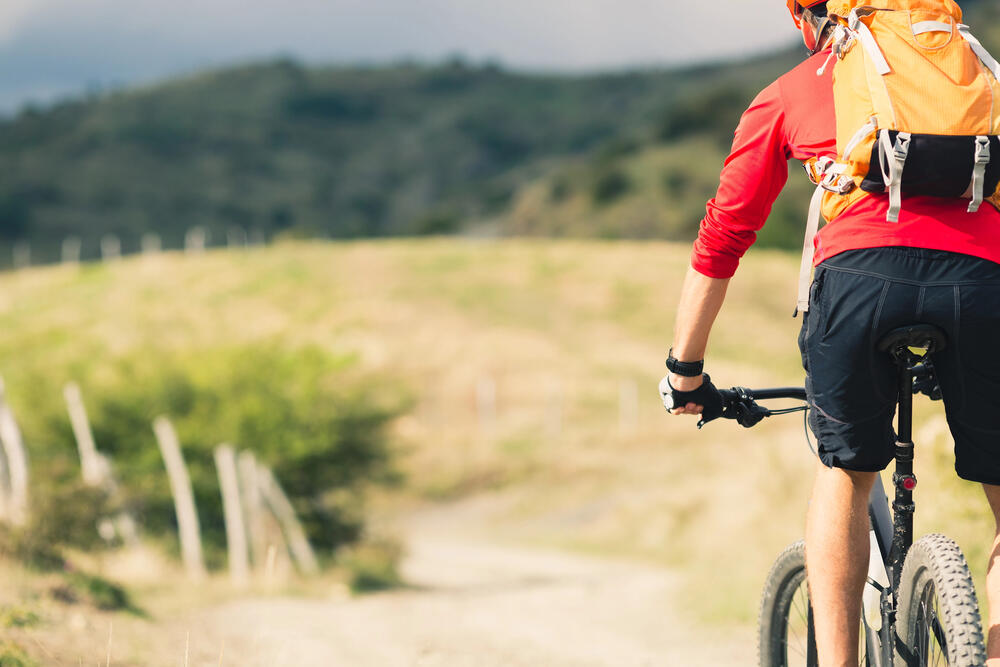There’s something profoundly different about seeing a place from the saddle of a bicycle.
Unlike zipping past in a car or train, traveling by bike forces you to move at a human pace—slow enough to notice a crumbling stone wall, a quiet roadside shrine, or the change in birdsong as the sun rises.
It’s not just about where you’re going, but how you get there. In a world that often prioritizes speed and convenience, cycling opens a door to presence.
When you ride through a landscape, you feel it—not just with your eyes, but with your muscles, lungs, and instincts.
The hill you climb becomes part of your memory, the village square where you stop for water becomes a moment of real connection.
This immersive form of travel teaches you things no guidebook ever could.
You Learn to Read the Land Like a Local
Cycling teaches you to pay attention to topography in a way few other modes of travel do.
You notice the wind direction, the texture of the road, and the subtle shifts in vegetation as you change altitude or cross into a new region.
A gentle incline that would go unnoticed in a car becomes a full-body experience on two wheels.
You begin to understand why towns are built where they are, how rivers have shaped valleys, and where to find shelter if the weather turns.
This kind of awareness connects you with the land, not just the destinations.
You don’t just “visit” a place—you trace its bones with your tires.
Whether you’re crossing the lavender plains of southern France or the pine-scented slopes of the Julian Alps, you’re engaging with the geography in a way that makes the landscape unforgettable.
You Experience Micro-Cultures Others Miss
When you travel by bike, you inevitably pass through places most tourists never see: tiny hamlets, forgotten farmsteads, borderland villages where languages blur.
These are the spaces between the famous sites—the in-between places where daily life unfolds. And they’re where some of the richest cultural experiences happen.
Stopping for lunch at a family-run inn, you might be offered homemade wine and local gossip.
Waiting out a storm in a bus shelter, you’ll meet someone who has lived their entire life in that valley.
These encounters aren’t part of a tour—they’re spontaneous and authentic.
In countries like Slovenia, for example, many cyclists are surprised by how warm and welcoming these moments can be.
It’s one reason Slovenian bike tours have become so popular among travelers who crave more than surface-level sightseeing.
You Develop Empathy Through Effort
Travel by bike isn’t always easy.
There are headwinds, flat tires, missed turns, and days when your legs feel like lead.
But those challenges create a deeper emotional connection to the places you pass through.
Climbing a steep pass isn’t just a physical test—it’s a moment of dialogue between you and the land. Reaching the top, breathless and triumphant, you don’t just admire the view—you’ve earned it.
This sense of effort breeds empathy.
When you roll through a rural village that’s clearly lived through hard winters and harder economies, you don’t pity it—you understand it.
You’ve worked to be there.
That shared effort creates a respect that’s impossible to replicate from the backseat of a van.
You Tune Into the Rhythm of Life
On a bike, you rise and rest with the sun.
You become acutely aware of how the day unfolds: how bakeries smell at dawn, how the heat builds on open roads, how the wind shifts as dusk falls.
You begin to mirror the rhythms of the place you’re in, aligning yourself—almost unconsciously—with local time and season.
This alignment leads to a kind of mental clarity.
Freed from the clutter of schedules and screens, your thoughts slow down.
Pedal strokes become meditation.
Places aren’t just seen—they’re felt. That rhythm stays with you long after the journey ends.
Traveling by bike transforms the idea of “visiting” into something far more profound.
You become part of the landscape, a moving piece of the culture, a quiet observer with the freedom to pause, engage, and reflect.
You learn to see with more than just your eyes—you see with your effort, your patience, and your presence.
Final Thoughts
Whether you’re planning a ride through sun-soaked vineyards, misty forests, or high alpine meadows, the lessons will be the same: every place has a pulse, and cycling is the best way to hear it.
If you’re looking for your next immersive experience, consider exploring new destinations through thoughtfully curated journeys like our Slovenian bike tours—where the road doesn’t just take you somewhere, it teaches you something along the way.
Photo Credit: Depositphotos
